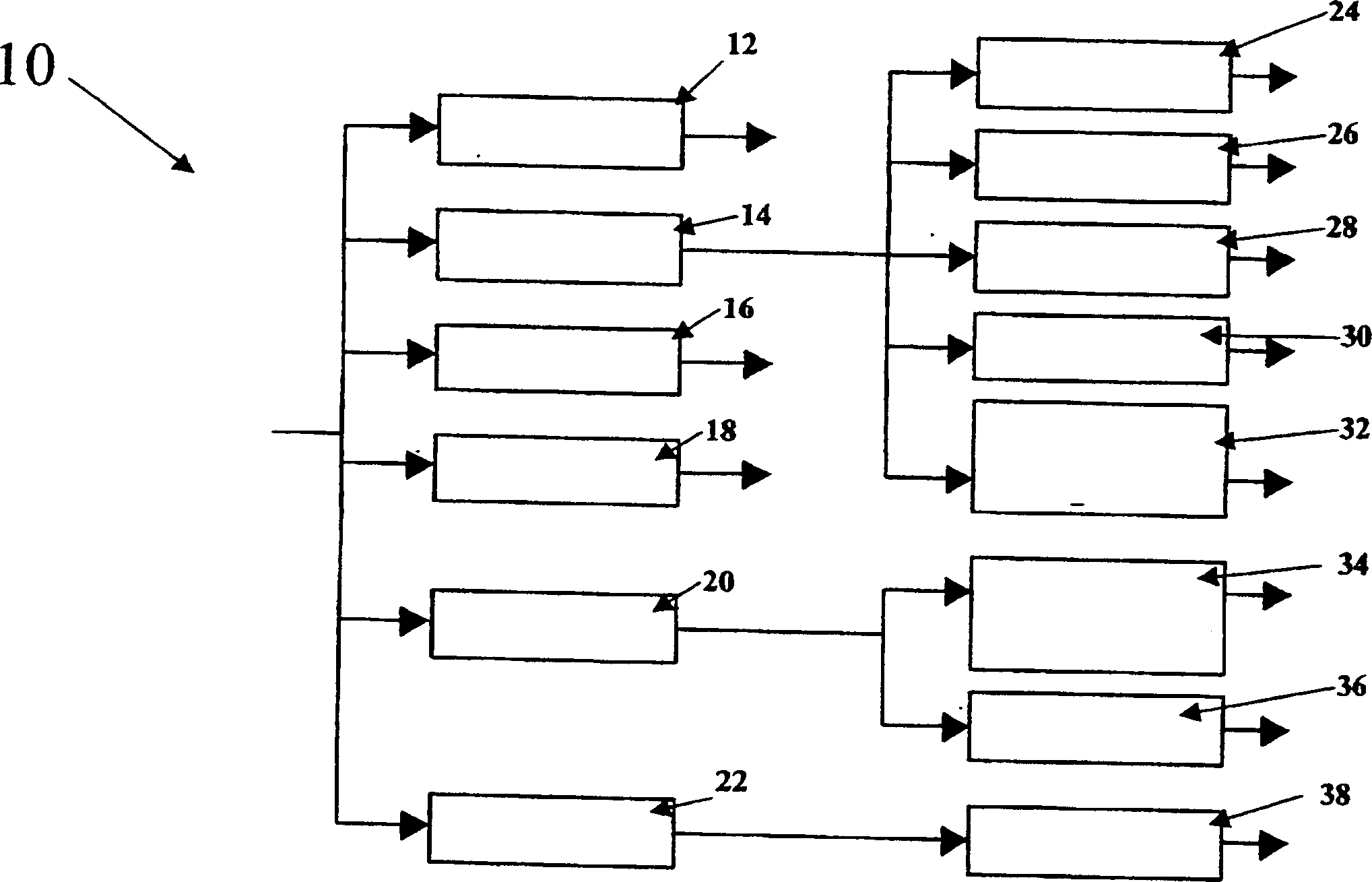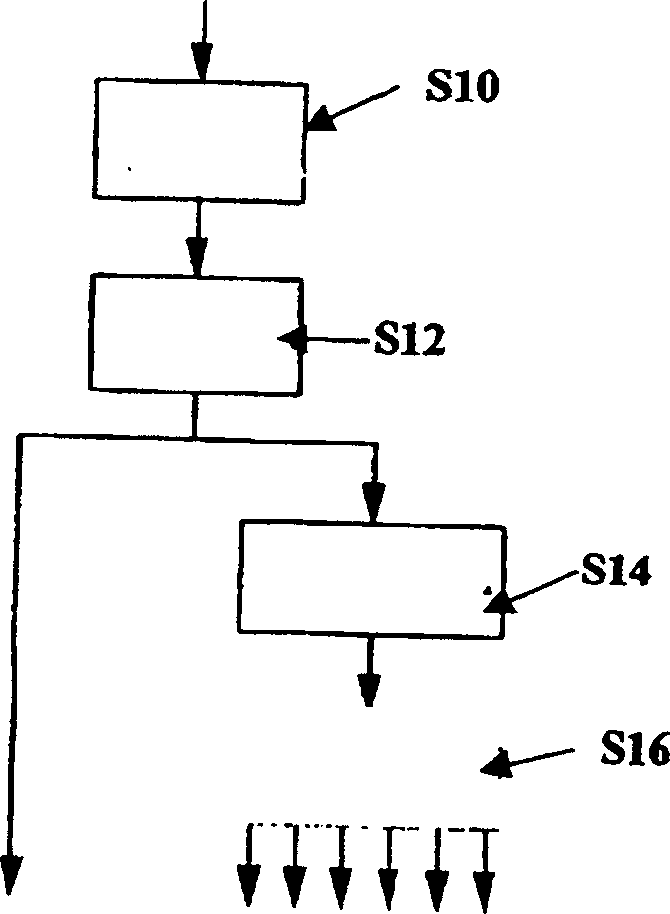Mega speaker identification (ID) system and corresponding methods therefor
A speaker recognition and speaker technology, applied in the field of speaker recognition system, can solve the problem of not developing the optimal classification scheme and so on
- Summary
- Abstract
- Description
- Claims
- Application Information
AI Technical Summary
Problems solved by technology
Method used
Image
Examples
Embodiment Construction
[0043] The present invention is based in part on the observation by Scheirer and Slaney that the features used to select a classifier are actually more critical to classification performance than the type of classifier itself. The inventors investigated a total of 143 classification features potentially useful for solving the problem of classifying continuous general audio data (GAD) into seven categories. The seven audio categories employed in the bulk speaker recognition (ID) system according to the present invention include silence, single speaker speech, music, ambient noise, multiple speaker speech, simultaneous speech and music, and speech and noise . It should be noted that the ambient noise category refers to noise without foreground sounds, while the speech and music category includes singing and speech with background music. Exemplary waveforms for six of the seven categories are figure 1 shown; waveforms of the silent category were omitted for self-explanatory rea...
PUM
 Login to View More
Login to View More Abstract
Description
Claims
Application Information
 Login to View More
Login to View More - R&D
- Intellectual Property
- Life Sciences
- Materials
- Tech Scout
- Unparalleled Data Quality
- Higher Quality Content
- 60% Fewer Hallucinations
Browse by: Latest US Patents, China's latest patents, Technical Efficacy Thesaurus, Application Domain, Technology Topic, Popular Technical Reports.
© 2025 PatSnap. All rights reserved.Legal|Privacy policy|Modern Slavery Act Transparency Statement|Sitemap|About US| Contact US: help@patsnap.com



